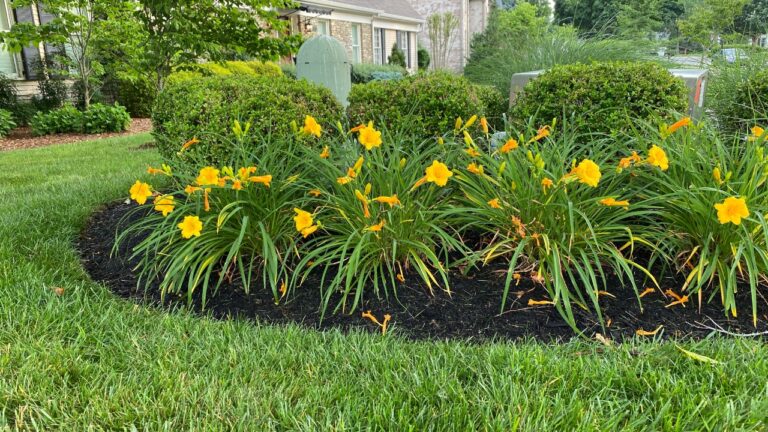9 Reasons Your Grass Keeps Dying (And How to Fix It)
Watching your lawn go from lush and green to patchy and brown is beyond frustrating. You put in the time, the effort, and maybe even spent some money, but something just isn’t clicking. The truth is, grass can be a little high-maintenance, and it doesn’t always tell you what it needs. It could be something as simple as too much water or as sneaky as bugs feasting on the roots.
The good news? Most of the problems that kill grass are totally fixable once you know what’s going wrong. Whether it’s an overzealous mower blade, picky soil, or even your dog’s bathroom habits, there’s a solution to help your lawn bounce back. Let’s figure out what’s causing the damage so you can get your yard back to being the pride of the neighborhood.
Your Dog’s Bathroom Breaks Are the Culprit
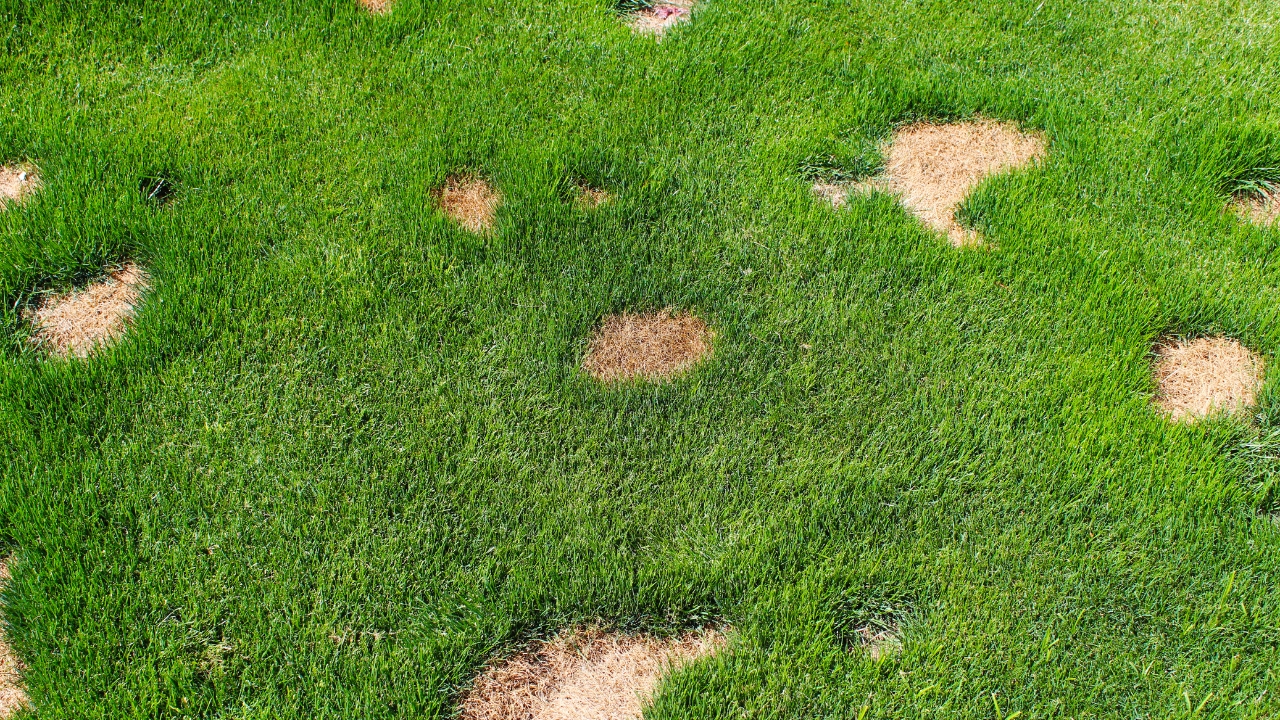
Dog pee is loaded with nitrates, and when your pup keeps picking the same favorite spot, those nitrates can overwhelm the grass and leave behind dead, yellow patches. If you’ve got a yard full of these “souvenirs,” you’re definitely not alone.
The good news is you don’t have to choose between a happy dog and a healthy lawn. With a few tweaks, you can keep your grass looking good while letting your pup do their thing.
Start by giving Dog Rocks a try. They’re little rocks you toss in your dog’s water bowl to cut down on the nitrates in their urine. Another option is to train your dog to use a specific corner of the yard. Sure, you might have to sacrifice one patch of grass, but it beats having spots all over.
If that’s not an option, just keep a watering can handy. A quick rinse right after your dog does their business helps dilute the urine and gives your grass a better chance to bounce back.
Wrong Grass, Wrong Results
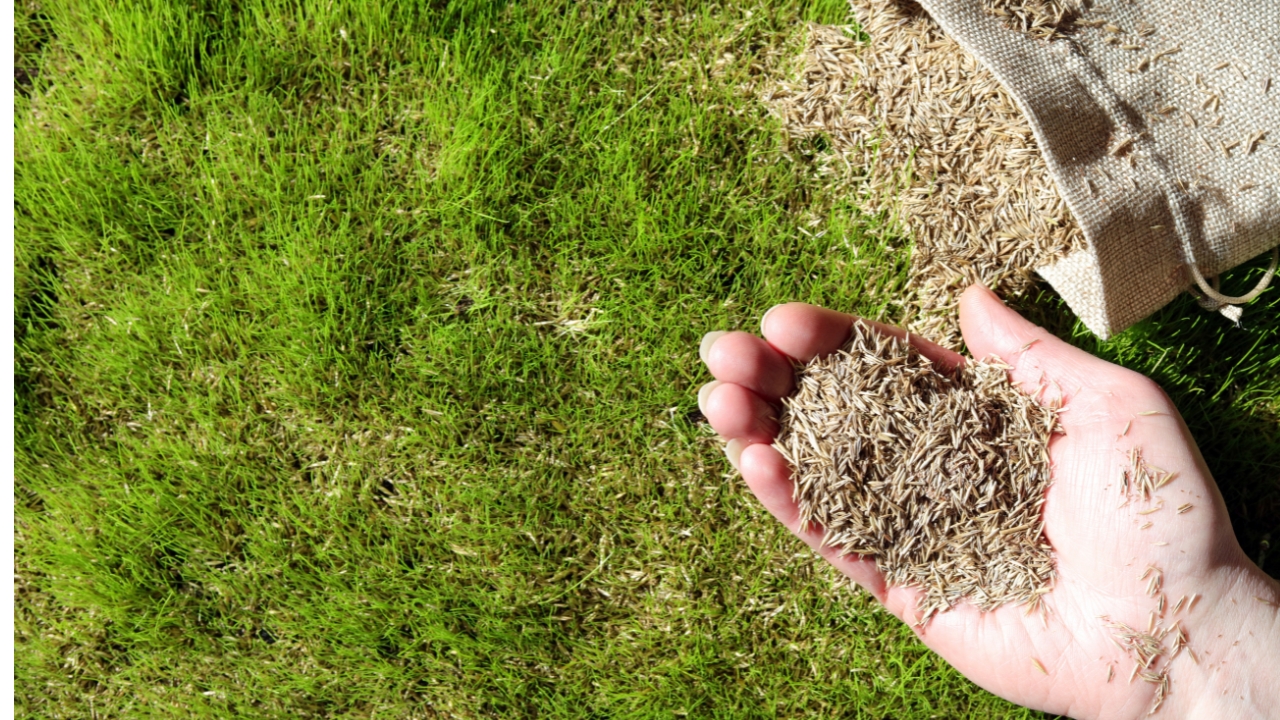
Grass isn’t one-size-fits-all. What grows beautifully in one yard might barely survive in another, and if you’ve planted the wrong type, no amount of TLC will fix it. Whether your grass is frying in the summer heat or struggling to handle too much shade, the problem could be that it’s just not the right match for your yard.
Different climates and even specific yard conditions (like how much sun or rain you get) make a huge difference in what grass will thrive. Picking the right type can save you a ton of headaches.
If your lawn’s struggling, reseeding with the right kind of grass could be a game-changer. Cool-season grasses like fescue or Kentucky bluegrass are great for places with chilly winters. Live somewhere warm? Bermuda grass or Zoysia might be your new best friends.
Take note of how much sunlight your yard gets—some grasses love full sun, while others can handle shade.
Cutting the Grass Too Short

Over-mowing can feel like a time-saver, but it’s one of the quickest ways to ruin a healthy lawn. When you chop your grass too short, you expose the roots to the sun and leave them vulnerable to stress and disease. Plus, shorter grass doesn’t shade the soil as well, which can lead to weeds taking over.
The sweet spot? Never cut more than one-third of the grass height in one go. This keeps your lawn looking neat while protecting the roots and encouraging healthy growth.
Raise your mower blades to an appropriate height for your grass type. Most lawns do well when kept between 2.5 and 4 inches tall. Stick to a regular mowing schedule, but don’t force it—grass grows at different rates depending on the season, so adjust accordingly.
If your lawn is already stressed from over-mowing, let it grow out a bit longer before your next cut. Adding a good fertilizer can also help it recover more quickly.
Uneven Watering

Watering your lawn evenly is tougher than it sounds. Whether you’re using a sprinkler system or a simple garden hose, there’s a good chance some areas are getting too much water while others are being completely missed. That imbalance can cause dead patches or overwatered, mushy spots that invite disease.
Watering is crucial for a lush lawn, but without consistent coverage, all your efforts can go to waste. Taking a little extra care can save your grass—and your water bill.
Check how much water your lawn is getting across the entire yard. Place a few shallow containers in different areas while watering to measure how evenly the water is distributed. If you notice some areas are being missed, adjust your sprinklers or reposition your hose setup to cover those spots.
If you’re using a DIY sprinkler system, it might need some fine-tuning to ensure every corner of your yard gets the right amount of water. And don’t forget to water in the early morning to reduce evaporation and make the most of each session.
Pesky Lawn Pests
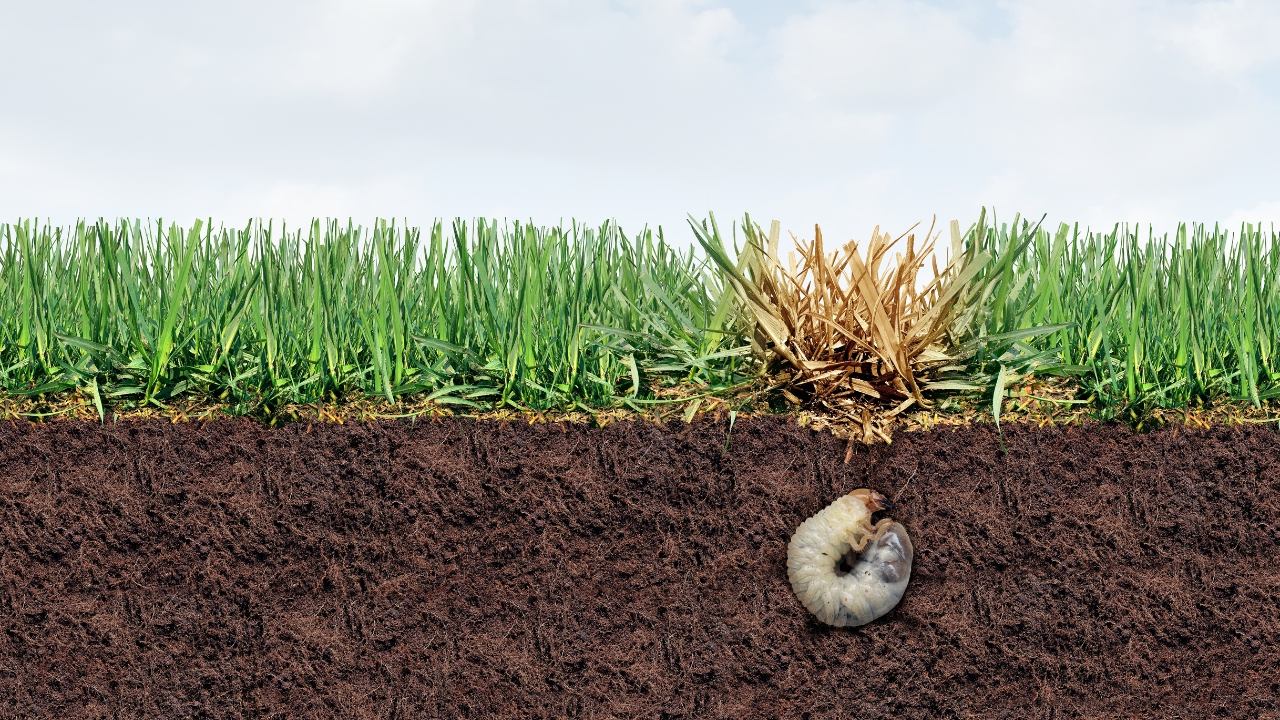
Bugs can ruin a perfect lawn faster than you think. Grubs, for example, love to snack on grass roots, while cinch bugs dry out blades by sucking out their moisture. The damage can look like random brown patches or grass that seems to die for no reason, making it extra frustrating.
Thankfully, these pests leave signs. Grubs are usually hiding just below the soil, while cinch bugs can be spotted near the base of the grass blades. Knowing what you’re up against is half the battle.
Start by identifying what’s invading your lawn. Dig up a small patch to check for grubs—if you see 10 or more in a square foot, you’ve got a problem. For cinch bugs, inspect the grass closely for tiny bugs with white markings.
Treatments like nematodes or insecticides can help with grubs, while cinch bugs might require a targeted lawn treatment. If dealing with bugs isn’t your thing, hiring a pest control pro can give you peace of mind and a healthier lawn.
Overwatering or Underwatering
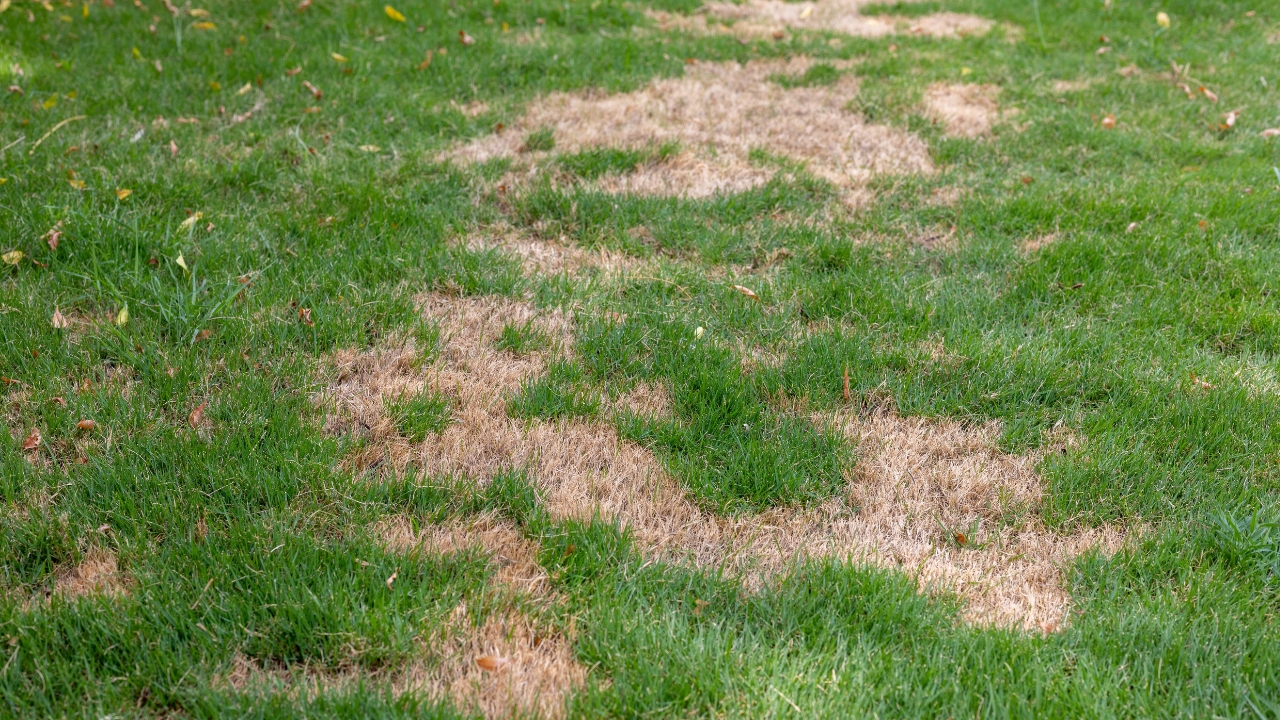
Watering your grass isn’t as simple as turning on the sprinkler whenever you think it looks dry. Too little water and your lawn becomes a crispy mess. Too much, and the roots get suffocated and rot. Grass needs balance, and figuring out the right schedule can make all the difference.
For an established lawn, aim for about an inch to an inch and a half of water weekly, spread over two or three sessions. If you’ve just planted seeds, water twice a day to keep the top couple of inches of soil damp without flooding.
Adjust your watering routine. Use a rain gauge or a small container to measure how much water your grass is getting during each session. Make sure it’s consistent and evenly spread. For new grass, stick to a strict watering schedule for the first few weeks to get it off to a good start.
If you notice water pooling in certain areas, you might need to fix drainage issues or adjust sprinkler placement to avoid overdoing it in those spots.
Poor Soil Conditions

Some soils just aren’t naturally lawn-friendly. Sandy soils don’t hold water well, while heavy clay can drown grass roots. If your lawn looks patchy no matter what you try, your soil might be the culprit. Knowing its makeup is the first step to giving your grass a fighting chance.
A soil test can reveal the pH level and nutrient content of your soil. With that info, you can tweak things with the right fertilizers or amendments to create a more grass-friendly environment.
Pick up a soil test kit or have a professional service analyze your yard. Based on the results, you might need to add organic matter like compost to sandy soil or mix in sand or gypsum to improve clay-heavy soil.
If your soil’s pH is off, consider lime to raise it or sulfur to lower it, depending on what your lawn needs. Once you’ve addressed these issues, choose a grass variety suited to your soil type for better results.
Compacted Soil
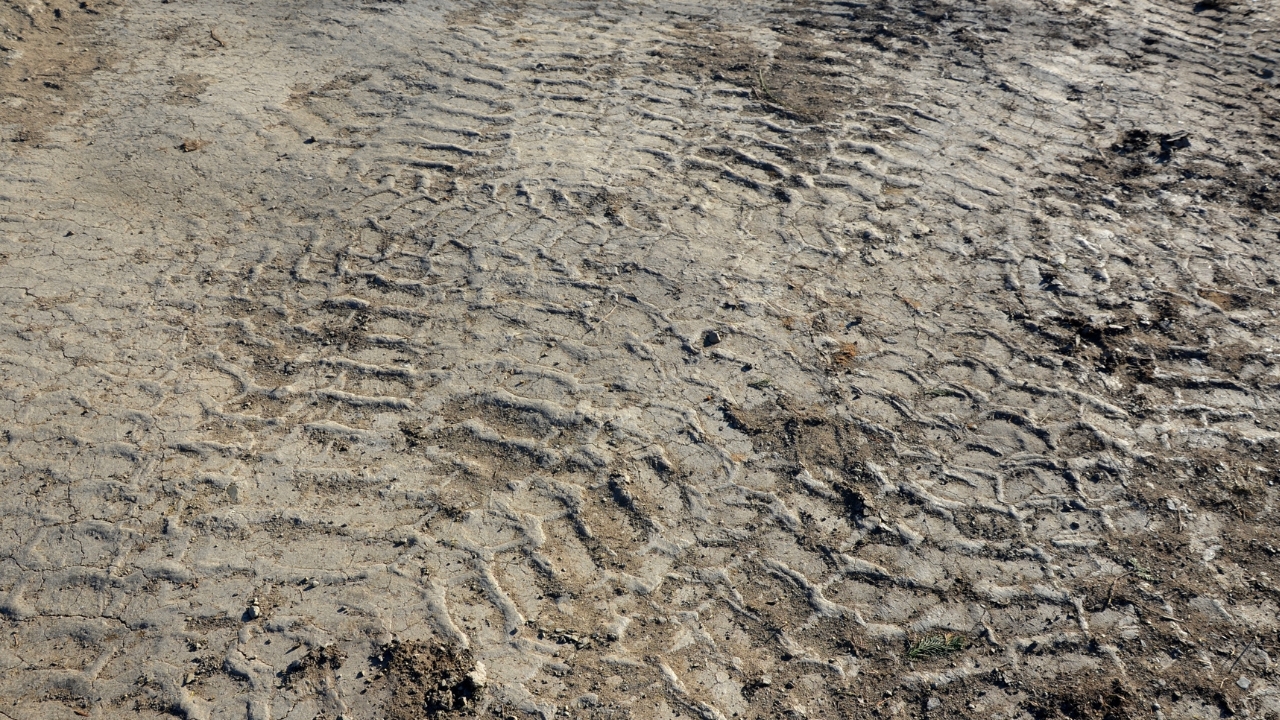
If your yard doubles as a soccer field or play zone, your soil is likely compacted. That’s bad news for grass because roots struggle to grow when there’s no breathing room. Even if your lawn looks fine now, over time, compaction can choke it out.
Aeration breaks up the soil, allowing water, nutrients, and oxygen to reach the roots. It’s like giving your lawn a breath of fresh air, and it’s especially important for high-traffic areas or clay-heavy soils.
Aeration might sound fancy, but it’s as simple as punching small holes across your lawn. You can rent or buy an aerator, or even hire someone if you’d rather not DIY. Focus on compacted spots first, but don’t ignore the rest of the yard.
For the best results, aerate in early spring or fall when grass is actively growing. Follow up with overseeding or fertilizing to give your lawn an extra boost.
Lawn Diseases

Yellow patches, brown spots, or fuzzy growths—lawn diseases can hit hard and fast, especially in areas with poor drainage or nutrient imbalances. Fungal infections are a big culprit and thrive when the grass is stressed from compacted soil, overwatering, or bad weather.
The good news? Most lawn diseases are preventable with the right care. Keeping your grass healthy and strong is the best defense against these invaders.
Start by identifying the disease. Once you know what you’re dealing with, you can apply the correct fungicide if needed. But prevention is even better—make sure your soil drains well, your lawn gets enough sunlight, and you’re not overwatering.
Regular fertilization and aeration can also help, as they create conditions where grass thrives, and fungi struggle. If the problem persists, consult a lawn care expert for tailored advice.
*This article was developed with AI-powered tools and has been carefully reviewed by our editors.





